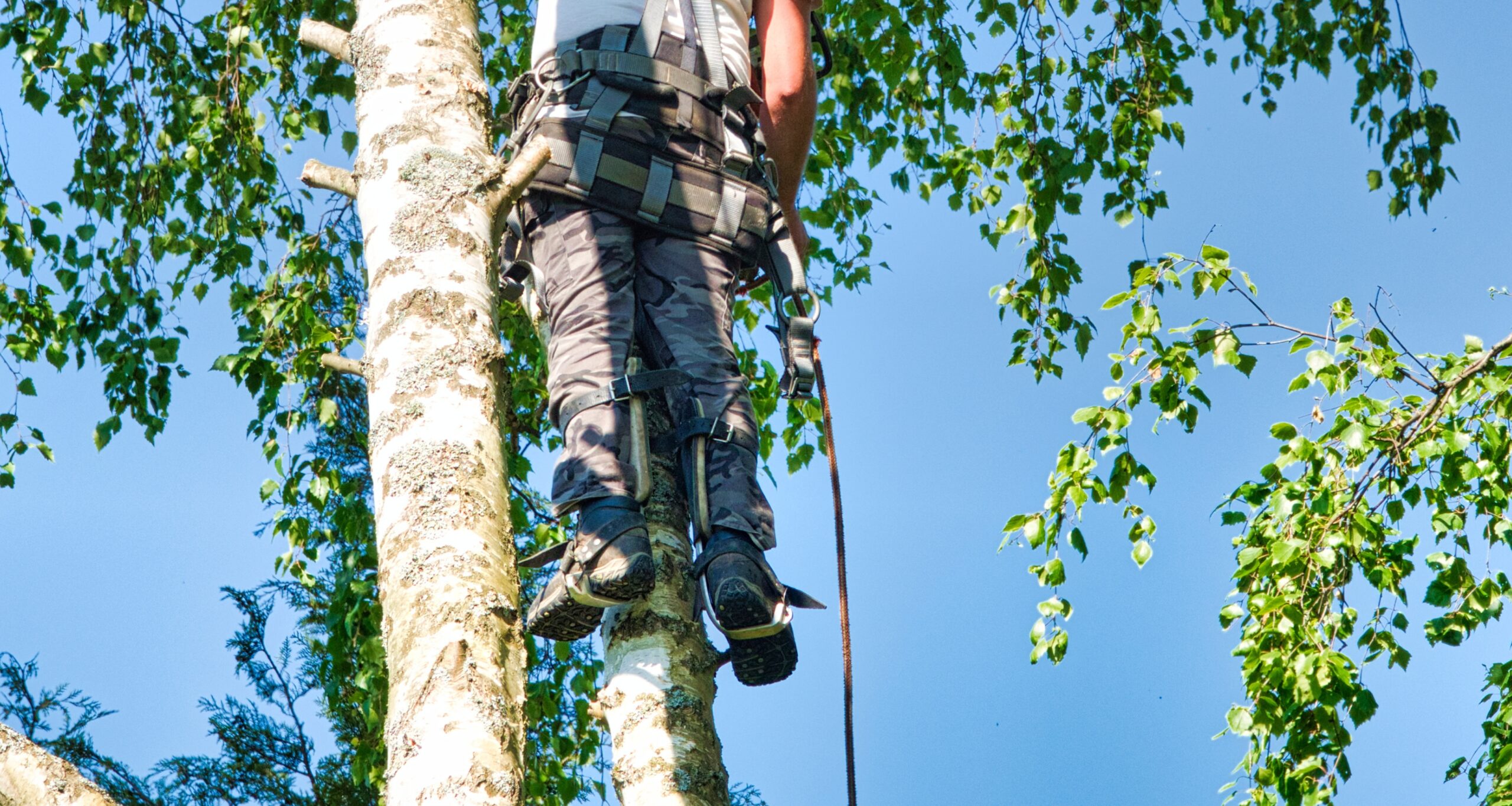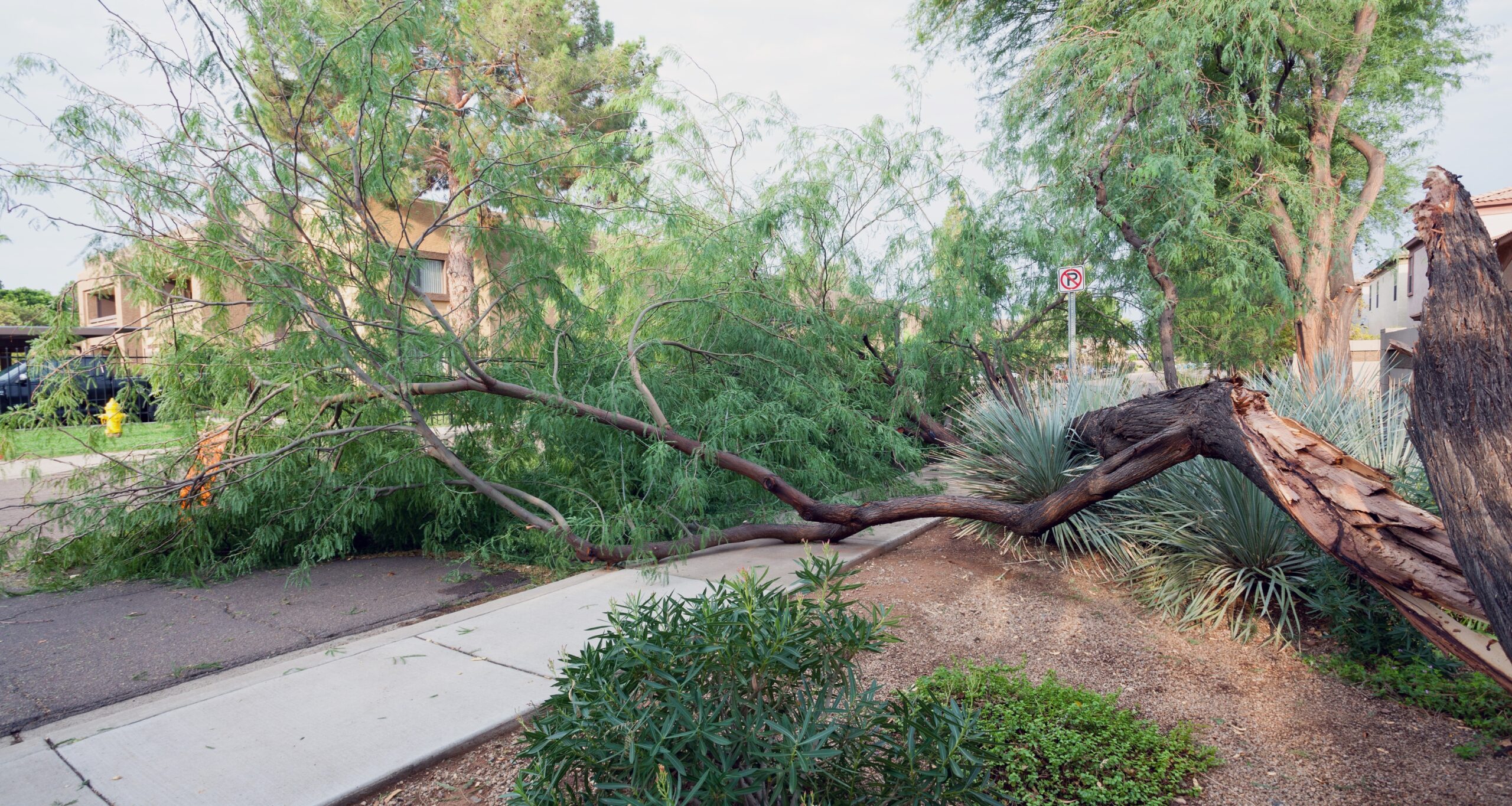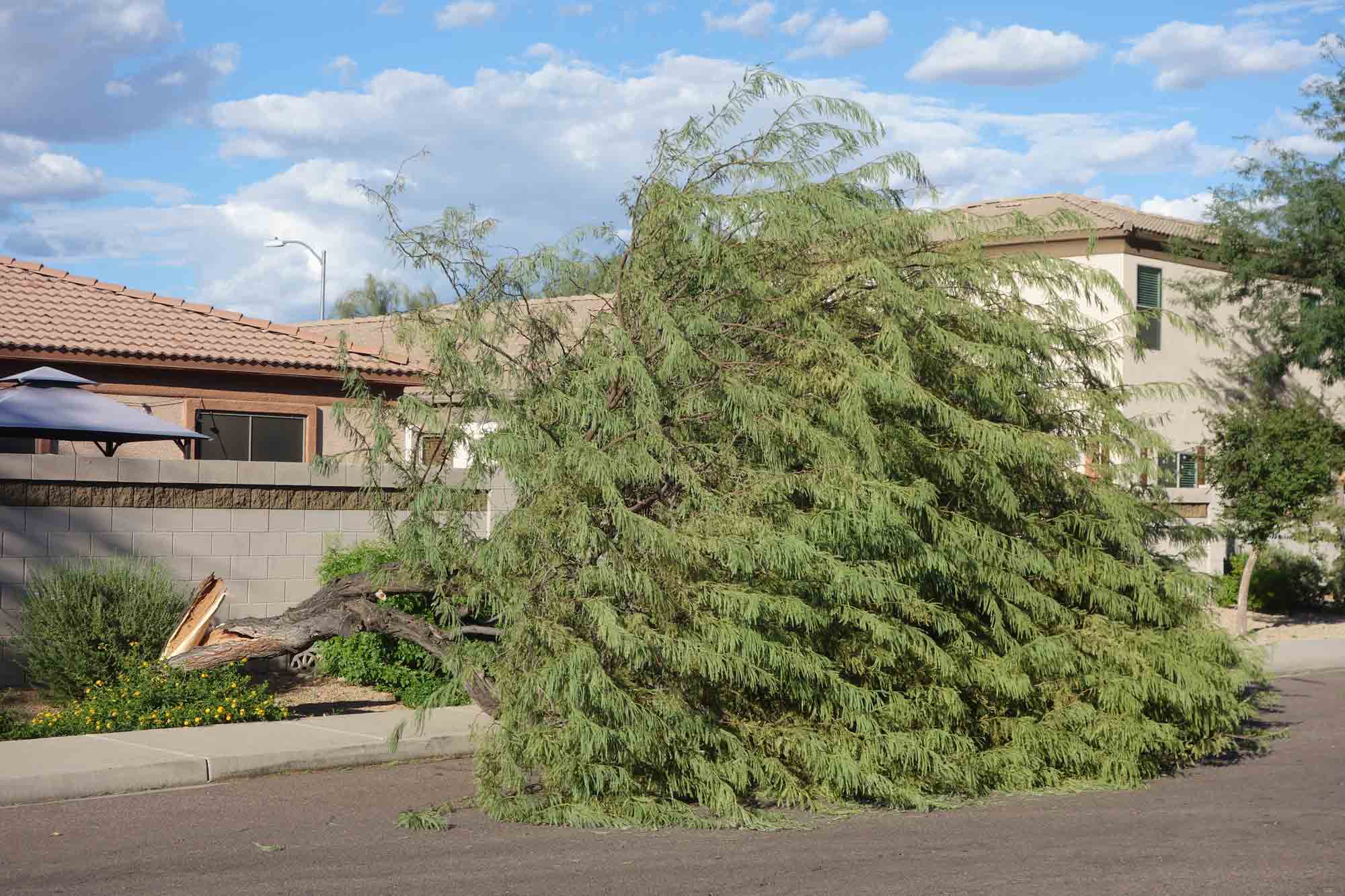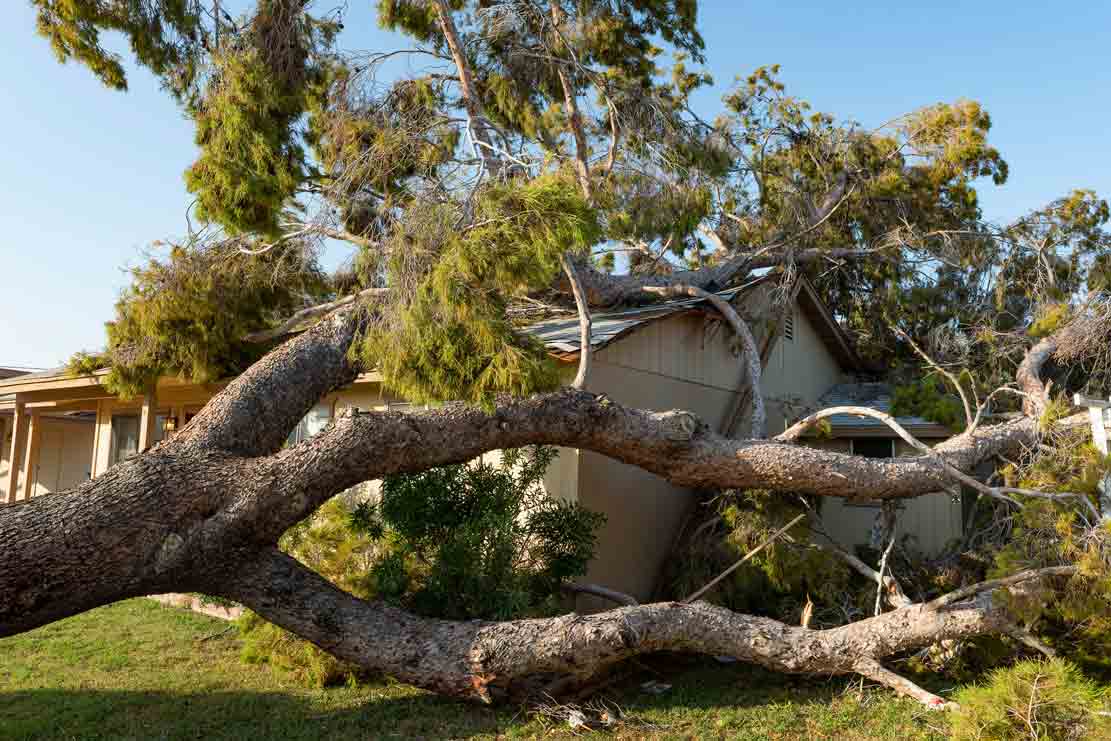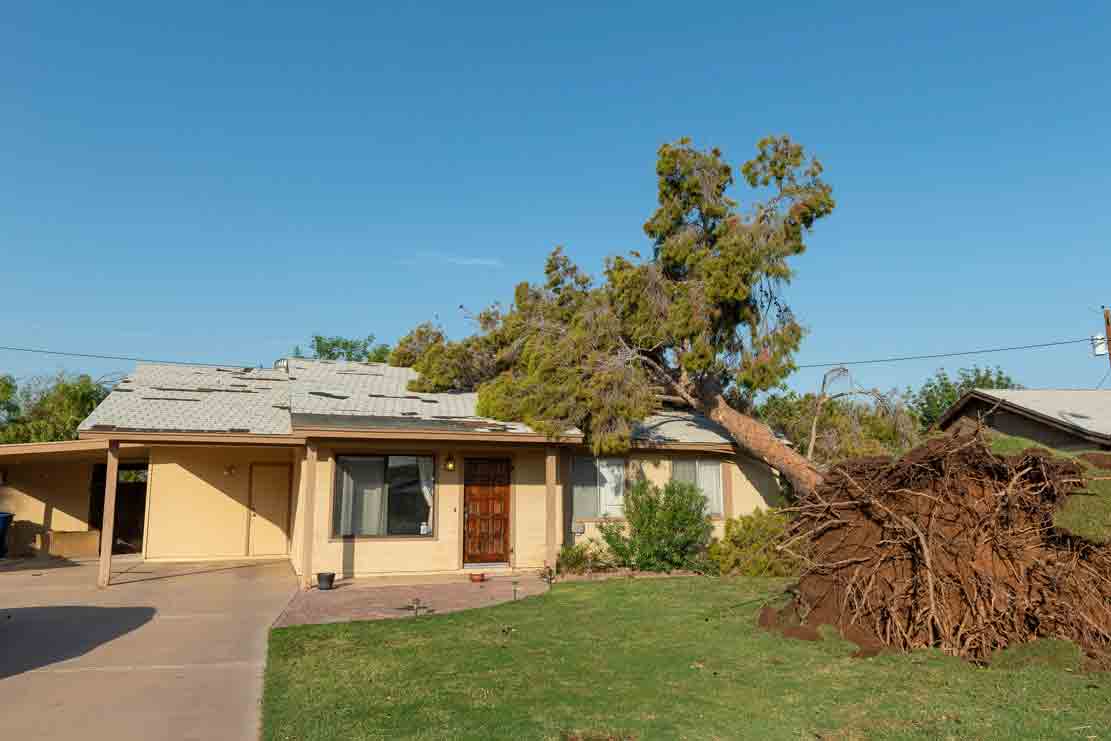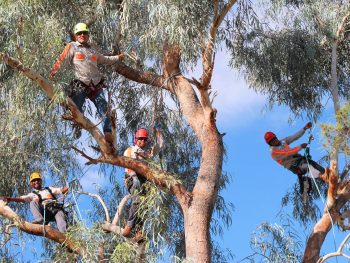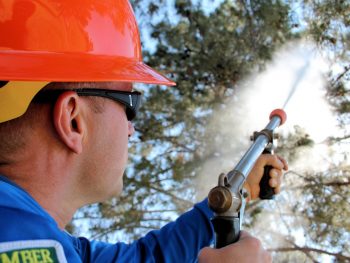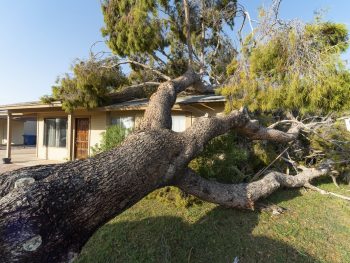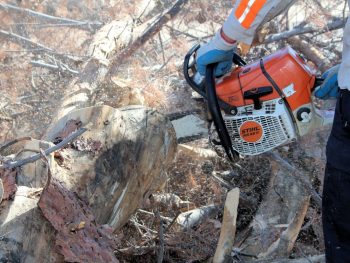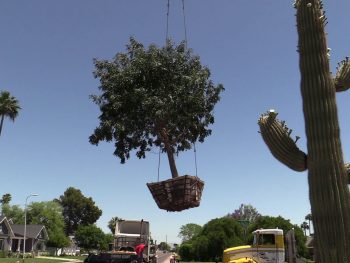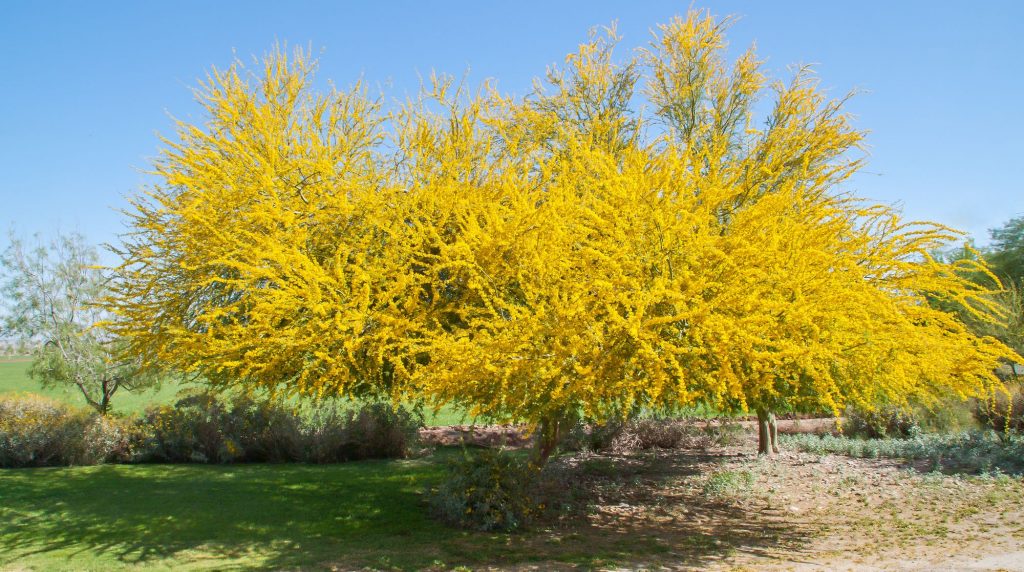Parkinsonia or Cercidium – Several varieties. Native to southwestern U.S. and Mexico.
You know it’s Spring and Summer when you’re driving through the desert looking at all the shades of brown in the rocks, sand, and earth. Then BOOM, you see a tree with a green trunk. As you travel up the green trunk and out along its branches, you may see vibrant colored leaves.
Many Phoenix-based tree experts agree these common desert trees give the desert landscape the right amount of colorful beauty to break up the consistency of the natural earth.
What you are viewing is an Arizona state symbol, the Palo Verde tree. It was named the state tree in the 1950s and given its name because “palo verde” means green stick in Spanish. Although the Palo Verde tree can last for hundreds of years, it only grows to a height between 20 and 40 feet.
Several varieties of the Palo Verde tree are common to the Phoenix area. These include yellow, blue, foothill, and museum. Your local arborist can help you choose the right species for your area.
Below are some highlights of the Palo Verde Tree:
- Edible Parts- you can eat the seeds and the leaves of the Palo Verde trees. People today still enjoy them sprinkled on top of their salads.
- Don’t eat the thorns. Yes, the tree has thorns, except for the hybrid, museum species.
- Its roots grow extremely deep, allowing it to tap underground water sources.
- It is not considered a tree that produces pollens relate to allergies because the weight of the leaves prevents them from traveling too far.
- It relies on its green trunk and branches for photosynthesis, which is filled with chlorophyll.
- The broad canopies fill with flower blossoms that contain pods that contain seeds.
- Under their shady canopies, you can view wildlife taking advantage of the cooler area.
It’s hardiness, as well as other benefits, are what makes the Palo Verde trees one of the best options for landscaping. Although it can thrive under extreme conditions, you must still follow tree care guidelines, like the ones below, to ensure your landscape will remain healthy and beautiful.
Planting A Palo Verde Tree
While the Palo Verde tree can withstand a flash flood, it will not thrive if planted in consistently wet or soggy soil. Instead, it needs an area that drains well. It should also be planted in full sun, all day long.
It can take up a lot of space, too, so make sure you do not plant it too close to other trees or your property.
Palo Verde Tree Pruning
The Palo Verde tree grows up, out, and then it spreads out a little more. Therefore, pruning is a must. At least once a year, your local arborist will need to prune your trees.
They know when to start and stop shaping, so they can begin to prune. Shaping is done with young trees, while pruning is done with mature trees.
Arborists know which branches to leave on to keep the tree healthy and how much foliage to eliminate.
Pruning can feel like a puzzle, figuring out which branches to cut to obtain your goal. This is a job for local tree experts.
Watering
Even though the Palo Verde tree can survive in dry, hot environments, it still needs to be watered. The age of the tree will help determine how often your tree needs to be watered. Younger, growing trees will need more water.
Arborists can help you establish a watering system and schedule to give your trees the best scenario for growth. In the beginning, this may include packing mulch or straw around the tree that can hold moisture.
More mature trees should be watered at least twice a month in the summer season and less in the winter.
Companion Plants
Not all plants play well together, including the Palo Verde. Tree experts familiar with the Arizona landscape can help you pair plants and trees to best satisfy your landscaping goals.
At Design Tree Maintenance, we often suggest pairing the Palo Verde with agave, desert willow, and Texas sage. Because the Palo Verde serves as a nurse plant to the saguaro cacti, we recommend it as well.
Palo Verde Tree Removal
There may be a time when your Palo Verde needs to be removed. Maybe it is dying or already dead. Perhaps its roots are invading spaces they shouldn’t. Maybe you don’t like the tree and want to remove it from your landscape.
No matter what the reason, always hire a local tree removal expert to help with the process. While Palo Verde trees may seem easy to take down, they are not. Save time, money, and potential physical harm by hiring the pros to complete all maintenance of your landscape. This will give you more time to enjoy the outdoors.


